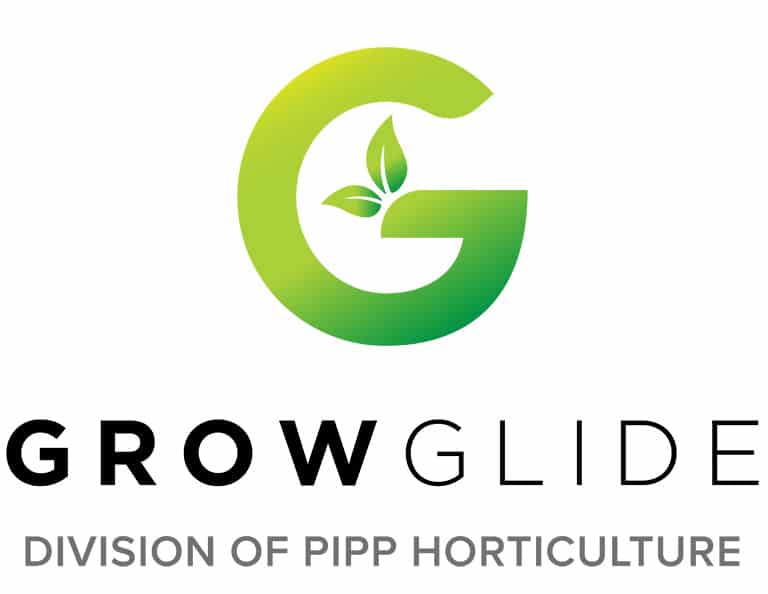Vertical farming has become a buzzword in the agriculture industry, but does it really stack up to people’s expectations? While it’s hard to know exactly what the future of farming will look like, there’s a pretty good chance that it will be vertical.
The need for vertical farming
The global population is expected to reach 10 billion by 2050, which means we need to start growing more food in less time. Additionally, as interest in healthier, more sustainable diets grows, we’re seeing a more immediate increase in consumer demand for leafy vegetables, which accounted for over 30% of the market share among crops in 2019.
“Horizontal” farming, where plants are arranged in rows spread over large amounts of outdoor land, is no longer a sustainable way of meeting our growing needs. As a result of droughts, overfarming, pollution, and more, this traditional farming method has been rapidly degrading top soil, not to mention the vast amounts of land it requires. To combat these concerns, farmers have looked at alternative farming methods, the most common being indoor vertical farming.
What are the advantages of vertical farming?
Growing vertically allows for more efficient use of space
Growing horizontally, whether indoors or outdoors, requires huge amounts of available land into which crops can expand. Switching to a vertical farming system allows farmers to grow comparable amounts of canopy within a significantly smaller area.
Vertical farming is more predictable
Not only do indoor vertical farms make better use of the growing area’s square footage, but they are also not subject to the unpredictability of nature. In other words, vertical farms could theoretically run 365 days a year under the right conditions. Plus, they can be located virtually anywhere on the planet.
It consumes less energy than standard indoor farming
To replicate natural lighting and climate conditions, single-level indoor farms tend to eat up a lot of energy. When growing vertically, indoor farmers condense the same amount of canopy into a smaller area, which means there’s less space to power. Today, there’s also the possibility of utilizing renewable energy sources, which could potentially eliminate any concerns regarding a vertical farm’s carbon footprint.
Indoor vertical farming is more sustainable
While by no means a perfect system, vertical farming relieves a lot of the pressure that traditional farming methods exert on the environment. Soil degradation is much less of a concern since most vertical farms use soil-less growing methods. They also save significant amounts of water and eliminate the environmental damage caused by pesticides.
Vertical farmers see greater returns on their investment
The advantages of vertical agriculture are clear, but one of the most common questions asked is: Is it profitable? The short answer is yes, it can be significantly more profitable than standard farming if done correctly. Vertical farming has natural advantages over traditional methods, such as far more consistent yields, but to see real returns, farmers need to keep operational and infrastructure costs under control. One of the best ways to do that is to invest in equipment that is built to their specific needs and workflows.
Bring your farming into the future with Grow Glide
Whether you’re just breaking into the world of vertical farming or are ready to level up your existing grow operation, we’re here to bring you the solutions you need to succeed in this rapidly expanding industry. From our top-tier racks and grow tables to our innovative airflow and work deck systems, our products are built to meet your needs now and in the future.
Start planning your indoor setup or contact us today to learn more about how Grow Glide can elevate your vertical farming initiatives.













Leave A Comment